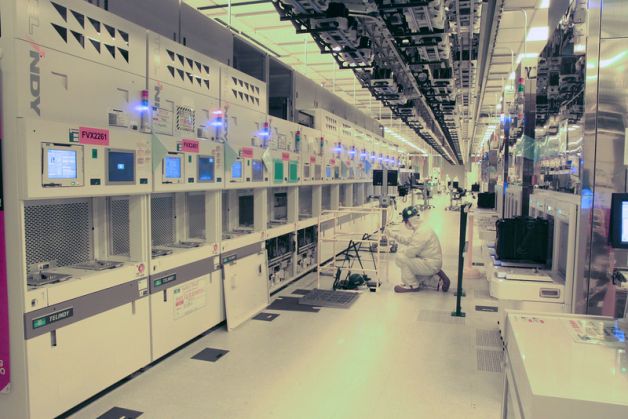
Semiconductor Foundry Toxic Gas Monitoring System: Migrating from Excel to Modern Applications
The new system eliminated typical issues that come from using spreadsheets such as multiple versions and the inability to have more than one user access the data at the same time.
Challenge
Hallam-ICS was hired by a semiconductor plant to implement the design of a large Toxic Gas Monitoring System (TGMS). A Toxic Gas Monitoring System is used to monitor for gas leaks within the equipment. If a leak is found, the associated equipment would turn off and alarms would signal to evacuate the affected area. The design of the system, detailing how one piece of equipment is connected to another, was all maintained within a few very large spreadsheets. An additional spreadsheet was being used to manually generate a formatted report used by testers to verify the connections out in the field. In order to provide accurate and shareable data, it soon became clear that a more sustainable and accessible solution was needed.
Solution
Hallam-ICS built a database driven web application that would allow users to enter data which was governed by business and database rules. In addition, the report that was manually created in a spreadsheet was now automatically generated which increased
accuracy and efficiency. This new system eliminated typical issues that come from using spreadsheets such as multiple versions and the inability to have more than one user access the data at the same time. Furthermore, the new system allowed for an easy way to track the constant changes that were occurring in the dynamic and fast-paced construction of such a large facility.
Moreover, the productivity gains were very substantial. The task of entering data to connect the pieces of equipment in multiple spreadsheets, recreating the report spreadsheet and manually verifying the data would typically take several days for multiple people. The new web application performed most verification automatically and generated the report on-demand.
The new process reduced the time that was needed from several days down to a few hours.
Now that the data was stored within a centralized database (Azure SQL Server), the data is served to other applications such as:
- Programmable Logic Controller (PLC) developers can now import the data into their applications. Originally, this had been a manual process that took a lot of time and was prone to data entry errors.
- A testing application running on a tablet. This allowed the Testing team to verify the physical connections of the equipment in the field. Once the Testers return to the office and synchronize their verifications with the database, reports are then generated to document those findings.
The system has been running since 2013 and continues to be enhanced with new functionality and business rules based on the changes that are happening within the plant.
Results
Our team accomplished the following:
- Streamlined Data Management: Replaced error-prone spreadsheets with a centralized database-driven web application, improving data accuracy, accessibility, and eliminating issues like version control and single-user access.
- Increased Efficiency and Productivity: Reduced time spent on data entry, verification, and report generation from several days for multiple personnel to just a few hours, significantly boosting operational efficiency.
- Enhanced Integration and Field Operations: Enabled seamless data sharing with PLC developers and field-testing applications, allowing for synchronized verifications and automated reporting, improving overall system functionality and reliability.
